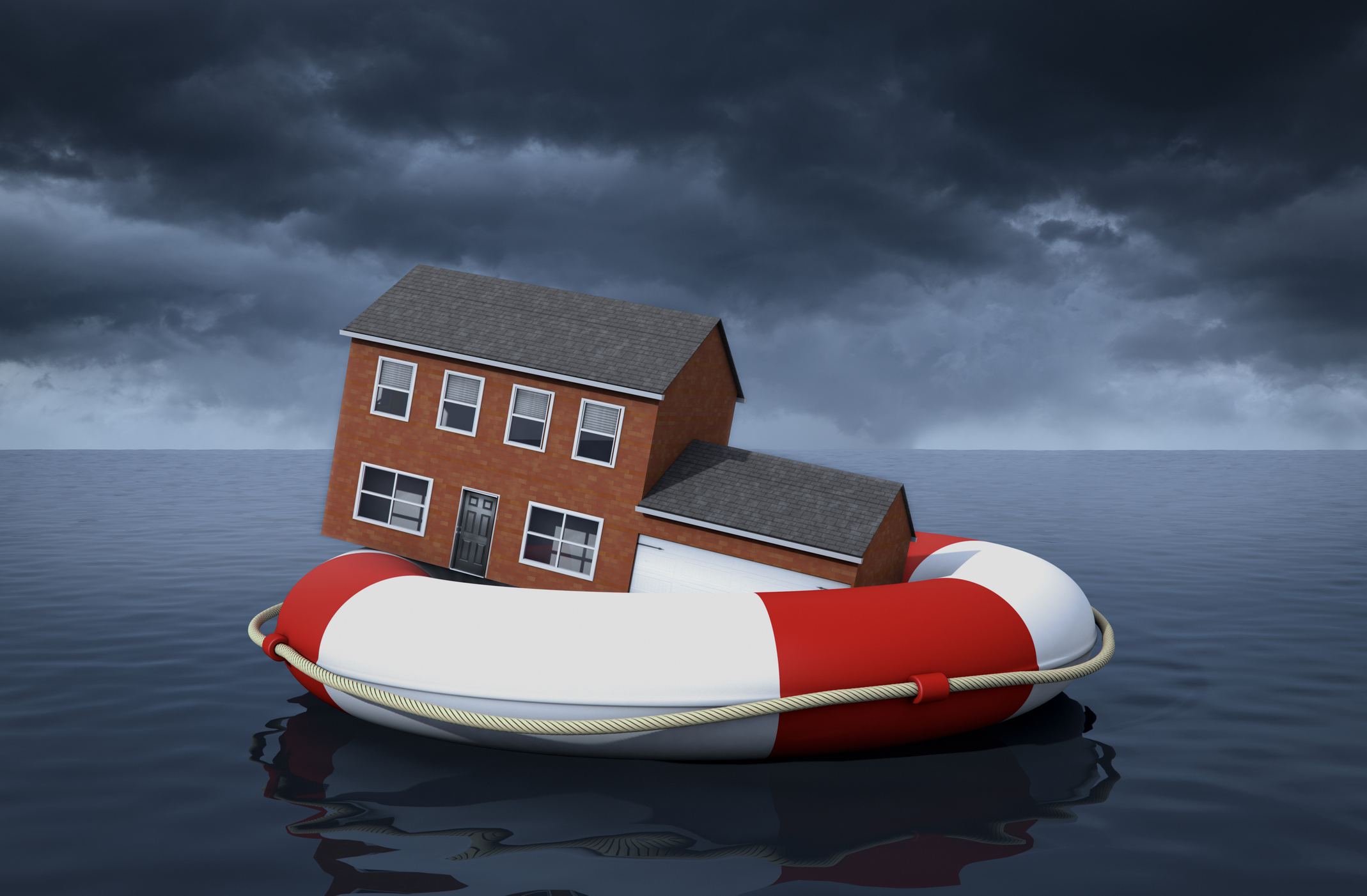Should You Leave Your Heat on All Day or Turn It Off? Which is Cheaper?
Which option will help you save on your energy bills?

The U.S. Energy Information Administration projects winter costs to be around the same as last year for most parts of the country. However, energy rates are still high, and if you live in the Midwest, you can expect natural gas heating costs to increase by an average of 11%. These elevated prices are leading many to search for alternative ways to save on energy bills this upcoming winter season.
The solution can be easier than you think. If you’ve ever wondered whether or not you should leave your heat on low all day or turn it off when you’re gone, keep reading.
According to Bankrate, a typical household spent $6,888 annually on utility bills last year, shelling out $1,644 on electricity bills alone. And thanks to rising electricity prices and increased consumption due to the cooler weather, expect to pay more this winter.

Sign up for Kiplinger’s Free E-Newsletters
Profit and prosper with the best of expert advice on investing, taxes, retirement, personal finance and more - straight to your e-mail.
Profit and prosper with the best of expert advice - straight to your e-mail.
However, there's one easy way to slash your bills: set your thermostat to the best temperature for the appropriate amount of time.
To save money on heating, the Department of Energy recommends turning your thermostat from 68°F to 70°F while you're awake and even lower when you're sleeping or away from home.
They claim you can save as much as 10% a year on heating and cooling by turning your thermostat back 7°F to 10°F for 8 hours a day from its normal setting.
You may be wondering, however, if you’d be better off turning your heat off completely. In most cases, you’d be better off turning your heat down low than turning it off entirely.
According to Wired, leaving your heat running constantly at a low temperature is best. However, they warn that keeping specific rooms in your home very cold can “reduce the overall efficiency of your heating since those rooms will soak up warmth and make your boiler or heat pump work harder.”
Plus, if you live somewhere cold, turning the heat off all day probably isn’t suitable as it can cause your pipes to freeze and burst. Or maybe you work from home. Whatever the case, dropping your thermostat instead of turning it off completely can help significantly reduce your heating costs — in some cases by 10%. You'll also maximize your savings by ensuring your home is properly insulated and loses less heat.
Purchasing a smart thermostat is a great solution for keeping your home at the appropriate temperature. With a smart thermostat, you’ll be able to control your home’s temperature conveniently from your phone. This allows you to schedule different temperatures for different times of the day or to shut your heat off/on whenever you want, even if you're not at home.
Other ways to save on energy costs
- Do an energy audit — by making improvements identified in a home energy audit, you can save between 5% and 30% on your monthly energy bill. Tax credits for energy-efficient home improvements include the Energy Efficient Home Improvement Credit, which is equal to 30% of the costs for all eligible home improvements made during the year, and the High-Efficiency Electric Home Rebate Program, which offers $1,600 for insulation, air sealing, and ventilation.
- Make sure your home is well insulated so it loses less heat. If you don't already have it, insulation is a good investment as it reduces your future bills.
- Consider a heat pump for heating and cooling your home. A recent National Renewable Energy Lab (NREL) study found that heat pumps would lower energy bills for most Americans (62% to 95% of households, depending upon heat pump efficiency).
- Switch to LED lightbulbs — they use 75% less energy than incandescent/halogen lightbulbs.
- Consider whether solar panels could be an option for your property.
- Place your thermostat where it will give you the most accurate temperature — avoid drafty windows or direct sunlight.
- If you live in a state with deregulated electricity, shop energy suppliers to find the lowest rates near you.
- Wash your clothes in cold water — this can cut your energy usage in half when doing laundry.
- Bundle up — wear warm clothes and use blankets to avoid turning up the heat.
- Use your dishwasher. Not only will washing your dishes in the dishwasher save you more time than handwashing them, but it'll also use less water and save energy. Overall, you'll save money by using the dishwasher vs. washing by hand.
Bottom line
Overall, keeping your heat set to 68°F to 70°F during the day, and 7°F to 10°F lower when you're not home, is the best way to save on heating costs. Purchasing a smart thermostat gives you the option of controlling the heat in your home conveniently from your phone, helping you to save money on utility bills during cold spells.
Related content
Get Kiplinger Today newsletter — free
Profit and prosper with the best of Kiplinger's advice on investing, taxes, retirement, personal finance and much more. Delivered daily. Enter your email in the box and click Sign Me Up.

Erin pairs personal experience with research and is passionate about sharing personal finance advice with others. Previously, she was a freelancer focusing on the credit card side of finance, but has branched out since then to cover other aspects of personal finance. Erin is well-versed in traditional media with reporting, interviewing and research, as well as using graphic design and video and audio storytelling to share with her readers.
-
 The New Space Age Takes Off
The New Space Age Takes OffThe Kiplinger Letter From fast broadband to SOS texting, space has never been more embedded in peoples’ lives. The future is even more exciting for rockets, satellites and emerging space tech.
By John Miley Published
-
 Ask the Editor: Four Reader Tax Questions
Ask the Editor: Four Reader Tax QuestionsAsk the Editor In our Ask the Editor series, Joy Taylor, The Kiplinger Tax Letter Editor, answers questions related to IRAs and other retirement accounts.
By Joy Taylor Published
-
 Home Insurance: How to Cut Costs Without Losing Coverage
Home Insurance: How to Cut Costs Without Losing CoverageNatural disasters are causing home insurance premiums to soar, but don't risk dropping your coverage completely when there are ways to keep costs down.
By Jared Elson, Investment Adviser Published
-
 Why Homeowners Insurance Has Gotten So Very Expensive
Why Homeowners Insurance Has Gotten So Very ExpensiveThe home insurance industry is seeing more frequent and bigger claims because of weather, wildfires and other natural disasters.
By Karl Susman, CPCU, LUTCF, CIC, CSFP, CFS, CPIA, AAI-M, PLCS Published
-
 Zelle App Shut Down? Why Zelle Has Discontinued Its App
Zelle App Shut Down? Why Zelle Has Discontinued Its AppWith the Zelle app shut down, learn how you can still use Zelle and which other mobile payment apps you might want to consider.
By Paige Cerulli Published
-
 How to Lower Home Insurance Rates When Climate Change Increases Costs
How to Lower Home Insurance Rates When Climate Change Increases CostsA top insurer warns the damage climate change causes is making it cost-prohibitive for insurers in some areas. Learn how to protect your home and lower costs.
By Sean Jackson Published
-
 Use This 1-Year CD if You’ll Owe Taxes Next Year
Use This 1-Year CD if You’ll Owe Taxes Next YearA one-year CD allows you to set money aside now for taxes you'll owe next year. We'll show our best choice.
By Sean Jackson Published
-
 Stick to the Plan: Don't Panic During Economic Uncertainty
Stick to the Plan: Don't Panic During Economic UncertaintyTake a breath and step back. Focus on a solid fiscal foundation to stabilize your investments during stock market volatility.
By Eric Lahaie, CFS®, RICP® Published
-
 How Inflation Affects Your Finances and How to Stay Ahead
How Inflation Affects Your Finances and How to Stay AheadThe cost of goods and services is certain to rise over time, making it essential to have a financial plan that will help you keep pace.
By Kyle D. Sikes Published
-
 Now's a Great Time to Become a Financial Adviser: Here's Why
Now's a Great Time to Become a Financial Adviser: Here's WhyThere's a growing need for financial advisers. Why not take on a role that offers earning potential and work-life balance and helps change lives?
By John Roberts Published